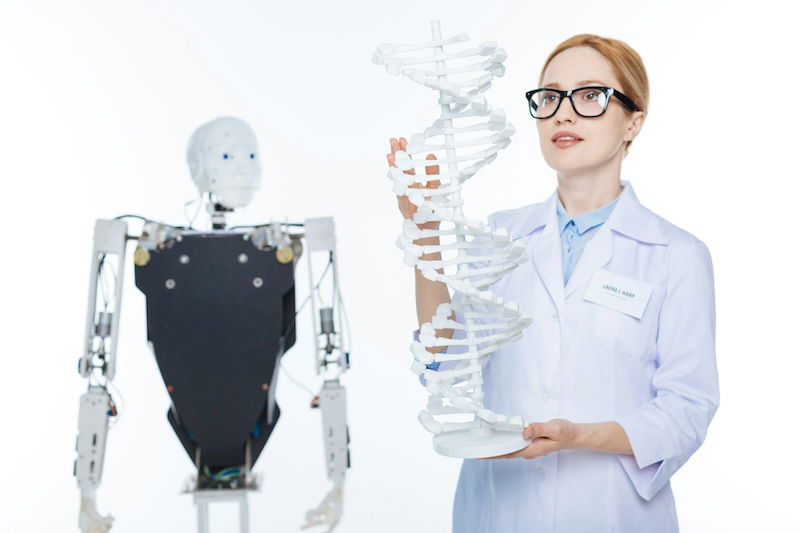
When two metals, which both are trying to give up their electrons, bond, they form metallic bonds. As these atoms are not very electronegative, they tend to be detached to their electrons, which the proton cores of other atoms sense and appreciate; even this waltz, gentle as it may be, creates a strong bond.
The bonding of metals and nonmetals, the two categories that inhabit opposite sides of the periodic table, often form ionic bonds. Nonmetals pull the metals to them, guiding them strictly, like a conductor that leads a orchestra’s rehearsal.
Metalloids are uniquely flexible partners. Whether bonding with other metalloids, or joining with metals or nonmetals, the dance of a metalloid is fully determined by the rules set by electronegativity. They are true chaos, forming either covalent, metallic or ionic bonds according to the properties of the atom that they choose to bond with.
Identity
The quest to be like something else comes with sacrifice. An atom’s identity is best displayed as it bonds, forming a unique relationship with its partner that can only be described as finding a soulmate – both atoms fulfilling each other’s need to be complete.
But unlike a true dance, which can end with a song’s last melody or at the will of the participants, atoms have no choice but to continue in this mutual relationship. The desire of all atoms to lower energy creates a common understanding that, once the total energy of all bonded atoms is lower, that is the configuration that they must stay in. In a way, atoms cease being metals, nonmetals or metalloids and just become one unified molecule; its very identity, including everything it was, changes.
The exception to this is if the substance is a pure substance, which is one that is made of only one kind of atom or molecule. A sheet of aluminum or tin, which is made of only aluminum or tin atoms, respectively, are pure substances. In the cases of pure substances, the properties of the entire material are the same as the properties one of the atoms in that substance, with the exception of strength and conductivity (both get stronger).
As sad as it may sound, there is beauty to be found everywhere within science. After all, without this dance of chemistry, life – existence – as we know it would not exist.








Leave a Comment